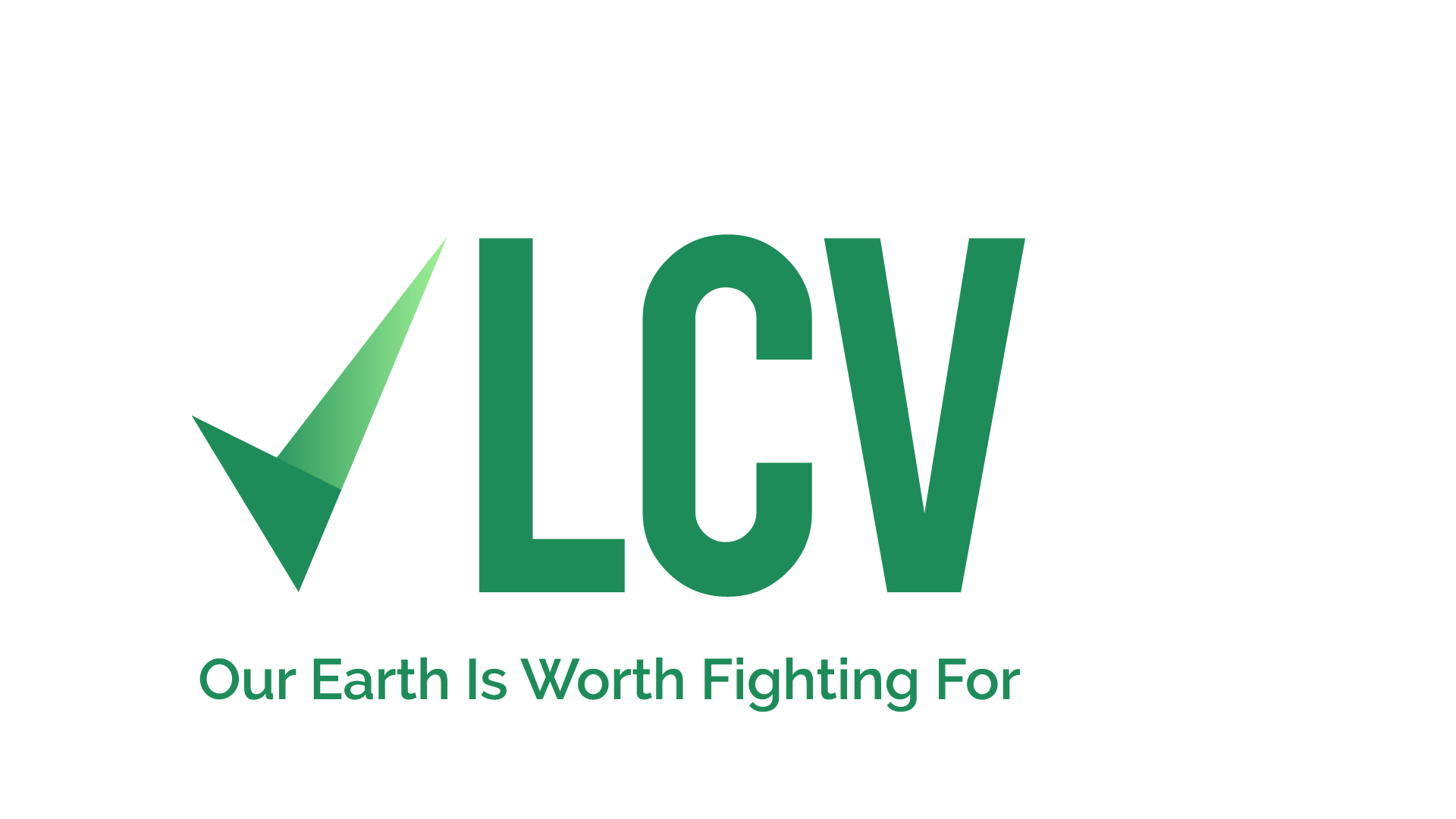|
Friend — February is a time when we collectively honor Black history in the United States — from the painful to the triumphant — and when we lift up Black leaders. As a member of the environmental movement — a movement whose leadership and supporters have been overwhelmingly white for decades — LCV is working to become more racially just and equitable, but we still have a long way to go. We are taking one step toward justice by celebrating and recognizing the historic and current leadership of the Black community in the environmental movement.
Communities of color in the United States, especially Black communities, have always been disproportionately affected by the impacts of pollution, climate change, and inequitable environmental policy. At the same time, leaders of color, especially Black leaders, have always led the environmental movement, fighting for their communities and centering the human impact of environmental injustice. Here are a few key moments throughout history where Black leaders advanced the fight to ensure that all communities have access to clean air, safe drinking water, and a healthy environment.
Many of the core values and tactics for what would become the environmental justice movement can be traced back to the Civil Rights Movement of the 1960s. Specifically, in 1968, Black communities mobilized to protest on behalf of sanitation workers in Memphis, Tennessee. These predominantly Black workers were exposed to hazardous filth and pollution — without being given proper protective equipment — and dealt with deeply unsafe working conditions. These conditions were put in the spotlight by Martin Luther King Jr. after two sanitation workers, Echol Cole and Robert Walker, died on the job. After a protracted battle that sadly reached a peak with Dr. King's assassination, the sanitation workers won not just higher pay but also safer working conditions. 1
In 1982, Black communities organized for social and climate justice, peacefully protesting the dangerous PCB toxic waste landfill being constructed in Warren County, North Carolina — a predominantly low-income county inhabited by communities of color. Many consider this event the dawn of the environmental justice movement. Thanks to the determination of the Warren County residents and protestors, environmental racism began to receive more and more national attention. 2
In 1991, folks of African, Latino, Native, and Asian descent convened the First National People of Color Environmental Leadership Summit in Washington, DC to unite the movement and encompass the various struggles and empowerment of communities of color. The 300 participants created 17 principles of environmental justice and defined the environment's role in the overall framework of racial, social, and economic justice. 3
Flashing forward to present day, progress has been made and some fights have been won, but the environmental justice movement is far from over. Today, communities of color and low-income communities, especially Black communities, still bear the brunt of the climate crisis and the disproportionate impacts of pollution and policy decisions — but the leadership, courage, and determination for justice that began in the 1960s prevails in today's movement leaders. It's important to lift up the leaders who are tirelessly working towards a more just and equitable world.
Below are the stories of three leaders who LCV has been honored to work with this year.
Thank you for all that you do,
LCV Membership Team
|
